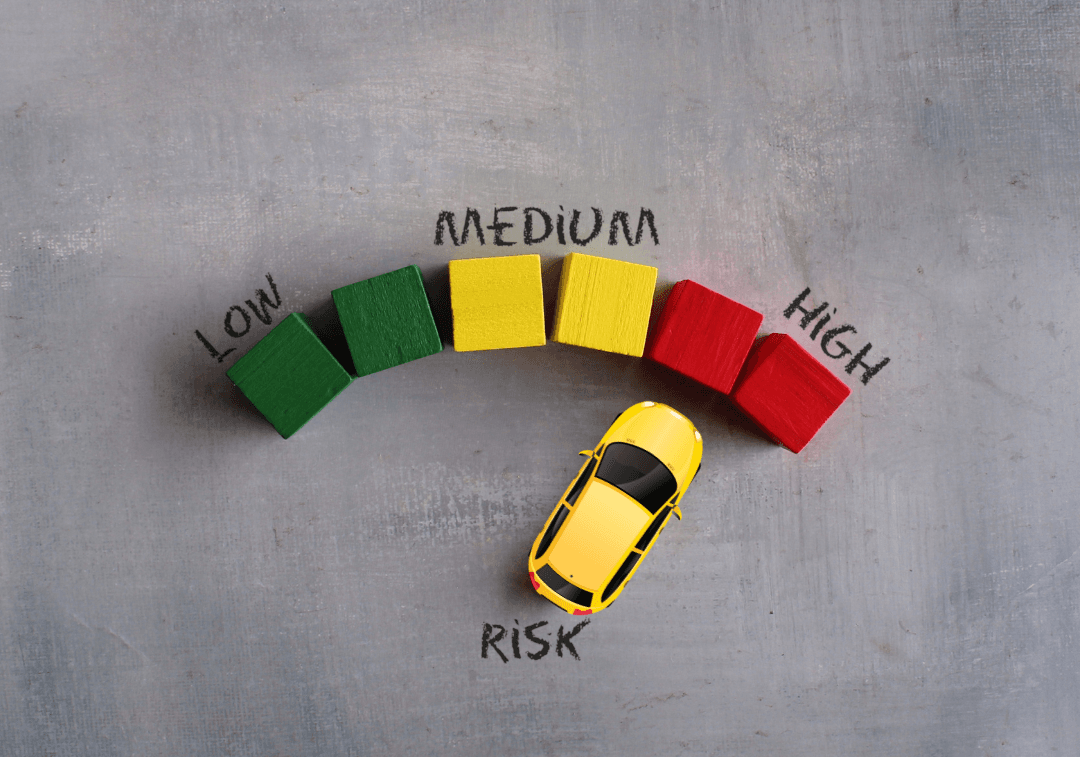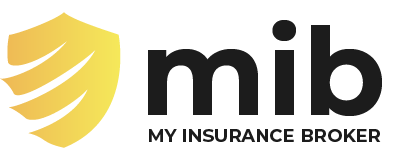
Accidents happen. So do missed payments, speeding tickets and honest mistakes. And in Ontario and Alberta, even a few missteps can land you in the high-risk or non-standard auto insurance category.
What does that mean for you?
According to Tom Badwal, VP of Underwriting at My Insurance Broker, high-risk drivers in Ontario pay an average of $7,000/year, with the most extreme cases reaching premiums as high as $28,000/year for one car.
Whether you’re already in the high-risk category or trying to avoid it, here’s what you need to know to stay protected and save money.
What Is High-Risk (Non-Standard) Auto Insurance?
High-risk auto insurance, also known as non-standard auto or Facility insurance, applies to drivers who find themselves being rated or considered high risk for a variety of reasons. Common reasons for being placed in this category include:
- Multiple tickets or infractions (e.g., speeding, distracted driving)
- Multiple At-fault accidents
- Missed payments or policy violation cancellation
- License suspensions or charged with DUI
- Inexperienced to drive certain types of vehicles, typically commercial vehicles
How Much More Does High-Risk Insurance Cost?
High-risk insurance can cost significantly more than standard auto coverage - up to 300% more. Here's a breakdown based on recent data:
| Risk Level | Average Annual Premium | Notes |
|---|---|---|
| Standard Driver | ~$2,000 – $3,000 | Depends on age, location, vehicle, driving record |
| High-Risk Driver | Christina Berglund | Sweden |
| Centro comercial Moctezuma | ~$7,000+ | Based on MIB portfolio data |
Not all insurers offer non-standard coverage, and those who do may require:
- Higher deductibles
- Large upfront payments
- Limited coverage options
How Long Will I Be Considered High-Risk?
The good news? It’s not forever. According to Tom Badwal, here's how long incidents impact your rating:
- Convictions (e.g., speeding tickets, infractions): 3 years
- At-fault claims: Up to 6 years
If you maintain a clean driving record, pay your premiums on time, and avoid new infractions, you’ll typically return to standard auto insurance rates within 3 to 6 years.
Can You Avoid Becoming High-Risk?
Yes! And prevention is key. Here’s how to stay in the standard category:
- Pay your auto insurance premium on time, every time
- Avoid distracted or aggressive driving
- Keep your insurance coverage continuous (no gaps)
- Don’t let your policy get cancelled, especially for non-payment
- Drive defensively and responsibly
How MIB & Evolve Insurance Help High-Risk Drivers
- Compare quotes from multiple high-risk providers
- Clarify your options in simple language
- Advocate for better terms as your record improves
- Ensure you're always protected, even when others say no
At My Insurance Broker, we believe protection shouldn’t be out of reach. Through our non-standard division, Evolve Insurance, we support high-risk drivers in:
“It’s not just about price. It’s about helping you keep moving forward safely, confidently and responsibly.” ~ Tom Badwal, VP of Underwriting at My Insurance Broker
Final Thoughts
Being labeled high-risk isn’t the end - it’s a temporary status with a path forward.
Whether you’re:
- A parent helping your teen or family member get insured
- Someone who needs a fresh start after financial or driving setbacks
- A newcomer trying to build insurance history
- Or just looking for expert advice
We’re here for you.
Need help with high-risk auto insurance in Ontario or Alberta?
Call our team at 1‑833‑386‑0023 or visit evolveinsurance.ca to get started or refer someone who needs support.
